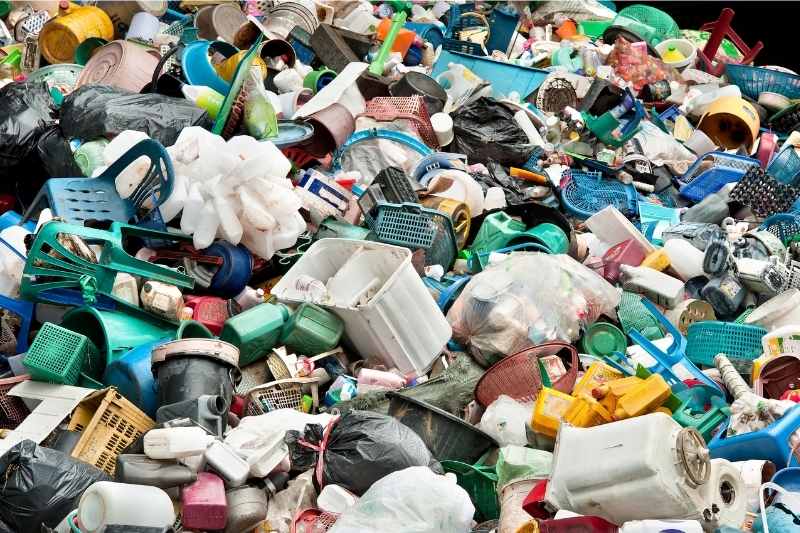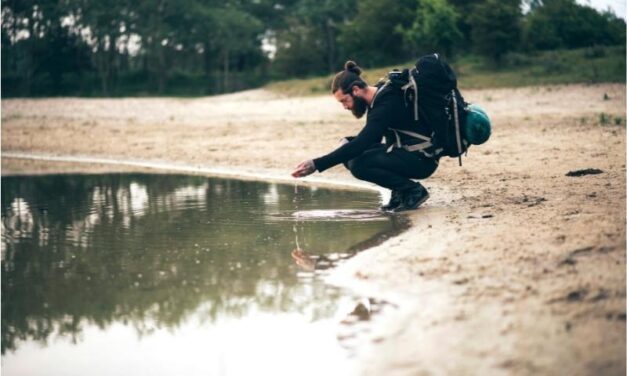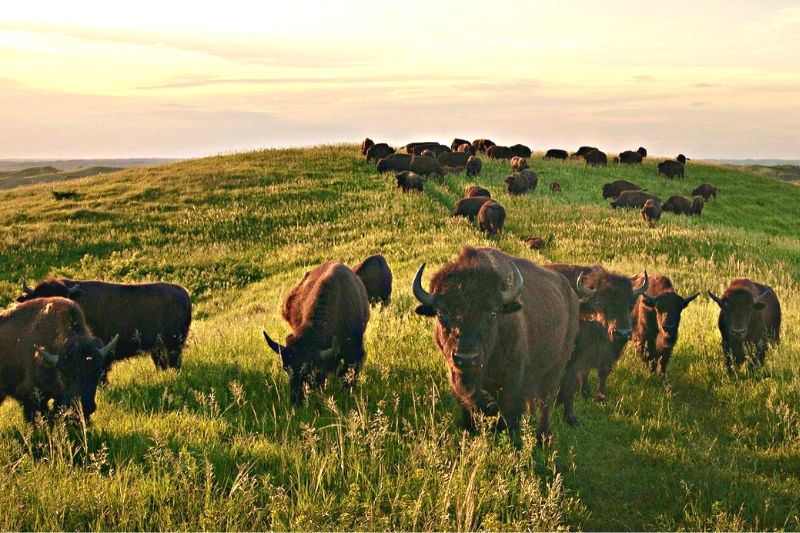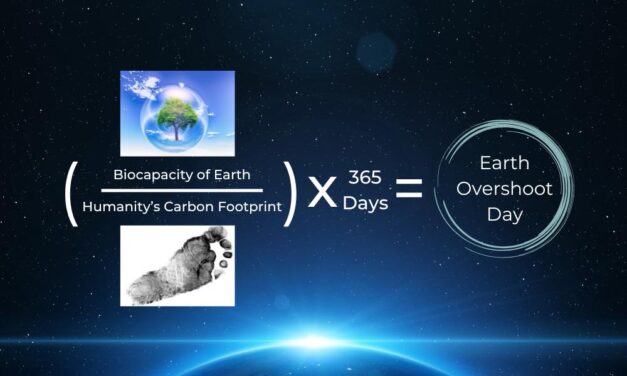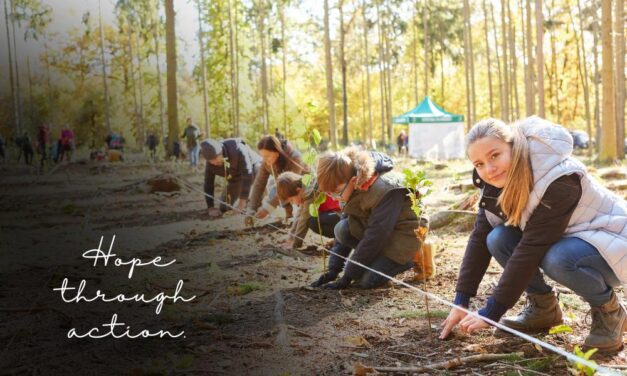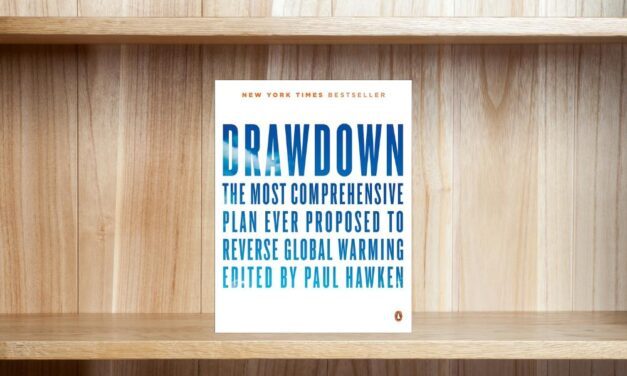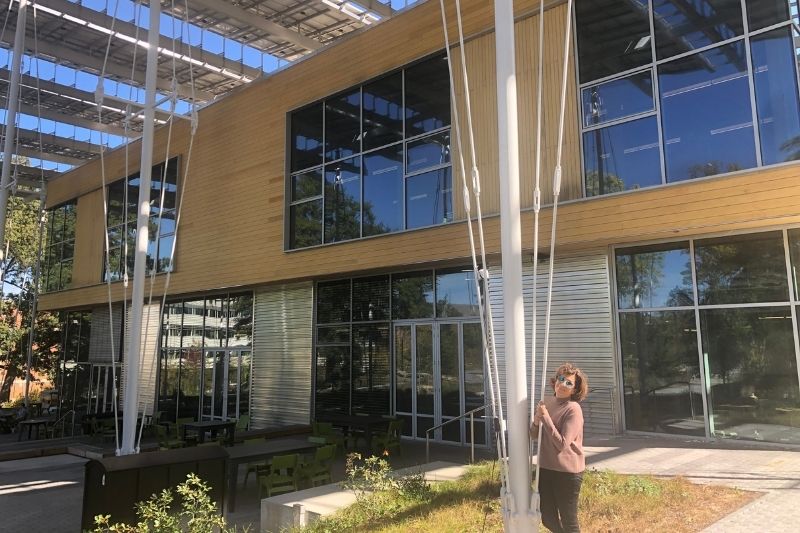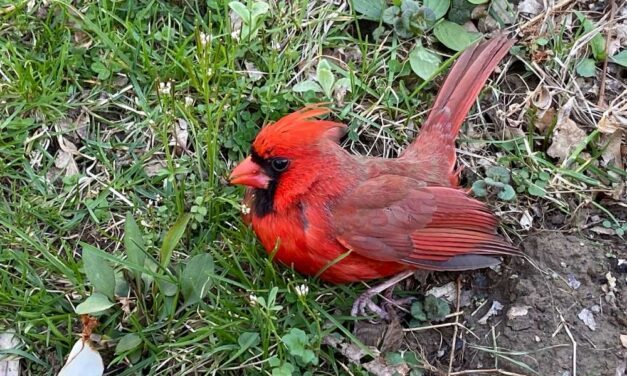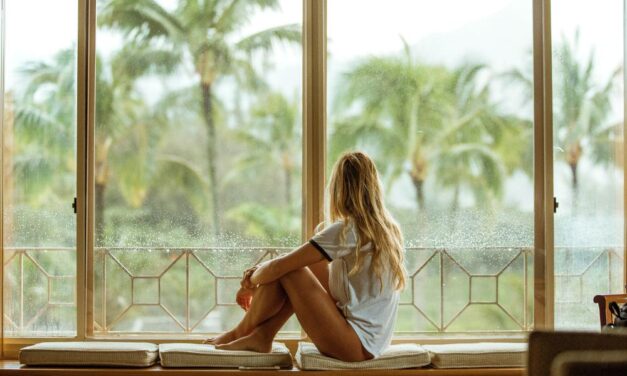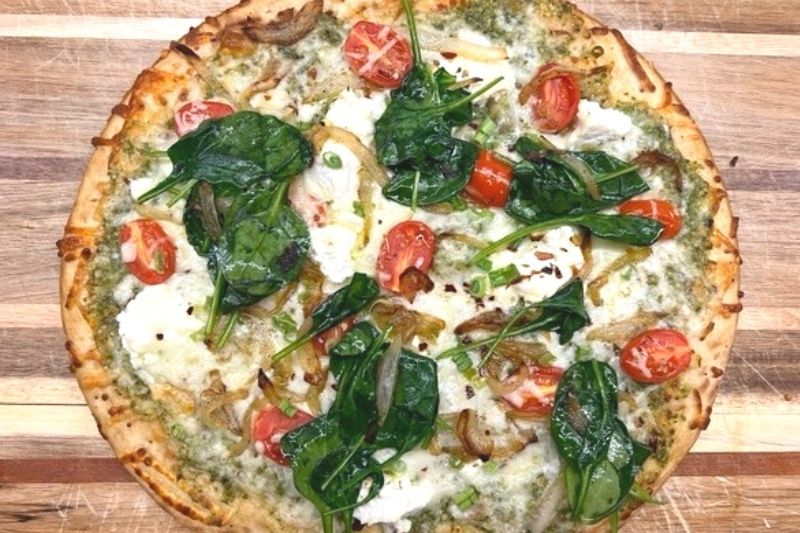Tag: climate change
Join OPL’s Plastic Free July Challenge and Break Free from Plastic’s Grip
Plastic is pervasive and never decomposes. This month, join OPL’s Plastic Free July challenge and break free from your plastic dependency.
Read MoreUnderstanding Water Quality Through Aquatic Macroinvertebrates
Aquatic macroinvertebrates signal to us the quality of our waterways. They play a large part in our freshwater ecosystem.
Read MoreThe Truth About Our Environmental and Humanitarian Water Crisis
Water sustains all life, yet we take it for granted. Learn how water demands are creating an environmental and humanitarian water crisis.
Read MoreProtecting Biodiversity Around the World
Discover why protecting biodiversity and promoting climate resilience are so important. Then learn more about climate corridors near you!
Read MoreEarth Overshoot Day: What It Is and Why It Matters
Earth Overshoot Day is an estimation of the day in which humans exceed their annual ecological budget. Let’s work together to #MoveTheDate.
Read More2024: A Year of Collective Action and Planet-Saving Impact
The OPL community’s collective action continued in 2024. Discover how we made our world more sustainable through small, meaningful actions.
Read MoreClimate Stewardship: A Path to Hope and Action
Master Naturalist and OPL contributor, Yvonne Dwyer, shares key takeaways from her recent participation in a climate steward course.
Read MoreDrawdown by Paul Hawken
This book proposes solutions to reverse global warming and reduce the amount of carbon in the atmosphere. We can build a climate-safe world!
Read MoreLiving Buildings Around the World
People thrive in nature, not concrete jungles. How do we balance city living with nature? By developing living buildings.
Read MoreJoin This Year’s Christmas Bird Count!
The Christmas Bird Count is a beautiful way for families and friends to get outside over the holidays and participate as citizen scientists.
Read MoreHow Wildlife Bridges Connect Natural Habitats Together
Wildlife bridges or “green” bridges are reducing the number of wildlife-related traffic incidents and providing safe pathways for animals.
Read MoreFinding Calm Amidst Climate Change
Finding calm in the midst of our current climate change can be difficult. These helpful wellness tips can lessen your stress and anxiety.
Read More
Recent Posts
-

-
 Decadent Chocolate and Strawberry TartJul 1, 2025
Decadent Chocolate and Strawberry TartJul 1, 2025 -
 Creamy Banana “Nice Cream”Jul 1, 2025
Creamy Banana “Nice Cream”Jul 1, 2025 -
 Deliciously Vibrant Veggie Pizza For SharingJul 1, 2025
Deliciously Vibrant Veggie Pizza For SharingJul 1, 2025 -
 Hawaiian-style Fried RiceJul 1, 2025
Hawaiian-style Fried RiceJul 1, 2025

